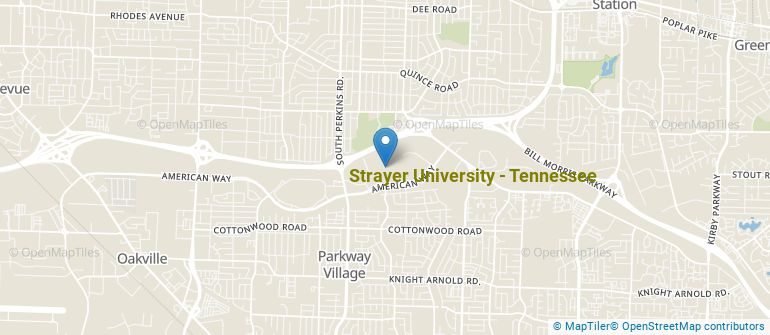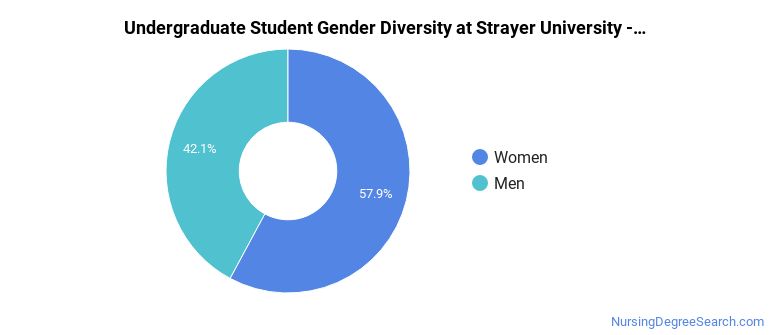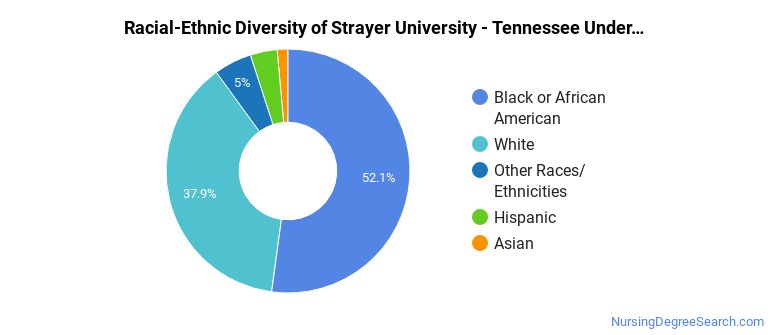Strayer University - Tennessee Nursing Programs
Strayer University - Tennessee is a private for-profit institution located in Memphis, Tennessee. The city atmosphere of Memphis makes it a great place for students who enjoy having lots of educational and entertainment options.
Where Is Strayer University - Tennessee?

Contact details for Strayer University - Tennessee are given below.
| Contact Details | |
|---|---|
| Address: | 2650 Thousand Oaks Blvd Ste 1120, Memphis, TN 38118 |
| Phone: | 877-445-7180 |
| Website: | www.strayer.edu |
How Do I Get Into Strayer University - Tennessee?
You can apply to Strayer University - Tennessee online at: https://application.strayer.edu/
Can I Afford Strayer University - Tennessee?
Student Loan Debt
It's not uncommon for college students to take out loans to pay for school. In fact, almost 66% of students nationwide depend at least partially on loans. At Strayer University - Tennessee, approximately 100% of students took out student loans averaging $9,401 a year. That adds up to $37,604 over four years for those students.
Strayer University - Tennessee Undergraduate Student Diversity

There are also 432 graduate students at the school.
Gender Diversity
Of the 140 full-time undergraduates at Strayer University - Tennessee, 42% are male and 58% are female.

Racial-Ethnic Diversity
The racial-ethnic breakdown of Strayer University - Tennessee students is as follows.

| Race/Ethnicity | Number of Grads |
|---|---|
| Asian | 2 |
| Black or African American | 73 |
| Hispanic or Latino | 5 |
| White | 53 |
| International Students | 0 |
| Other Races/Ethnicities | 7 |
Geographic Diversity
Tennessee students aren't the only ones who study at Strayer University - Tennessee. At this time, 6 states are represented by the student population at the school.
References
*The racial-ethnic minorities count is calculated by taking the total number of students and subtracting white students, international students, and students whose race/ethnicity was unknown. This number is then divided by the total number of students at the school to obtain the racial-ethnic minorities percentage.
More about our data sources and methodologies.
